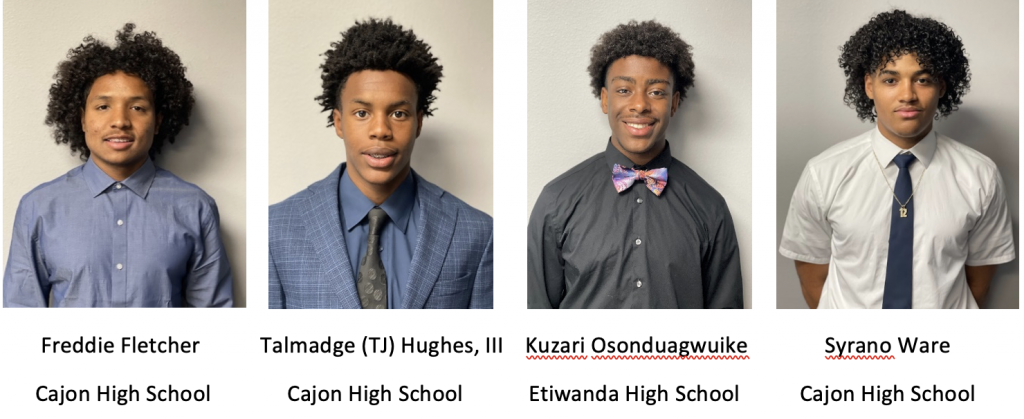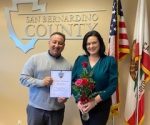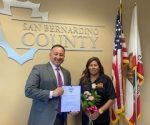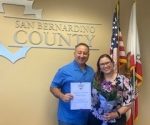By Lou Yeboah
You see, Jesus Himself pointed out the importance of discerning the signs of the times. Shortly before His crucifixion and resurrection, Jesus delivered a major prophecy of end-time events, recorded in [Matthew 24, Mark 13, and Luke 21]. He was asked by His disciples: “When will these things be? And what will be the sign of your coming, and of the end of the age?” [Matthew 24:3].
In response, Jesus showed that Jerusalem would be the central focus of the political and military upheavals that would immediately precede His return: For He said,
“When you see Jerusalem surrounded by armies, then know that its desolation is near . . . For these are the days of vengeance, that all things which are written may be fulfilled” [Luke 21: 20-22].
The end-time king of the North and king of the South [Daniel 11]. God revealed to Daniel that after Babylon, Persia would arise as the greatest power of the region, to be followed in turn by Greece. “At the time of the end the king of the South shall attack him; and the king of the North shall come against him like a whirlwind, with chariots, horsemen, and with many ships; and he shall enter the countries, overwhelm them, and pass through. He shall also enter the Glorious Land [the Holy Land], and many countries shall be overthrown.” [Daniel 11:40-41].
After Greece came the Roman Empire, “dreadful and terrible, exceedingly strong.” This empire was to have “ten horns” [part of the fourth beast of Daniel 7] and would continue in some form until the establishment of God’s Kingdom at Christ’s return.
Just thinking about the horrors to be visited on the city caused Jesus to weep.
“Now as He drew near, He saw the city and wept over it, saying, ‘If you had known, even you, especially in this your day, the things that make for your peace! But now they are hidden from your eyes. For days will come upon you when your enemies will build an embankment around you, surround you and close you in on every side, and level you, and your children within you, to the ground; and they will not leave in you one stone upon another, because you did not know the time of your visitation” [Luke 19:42-44]. I tell you; It is Critical for you to understand and recognize Biblical Prophecies of the End Time!
For there are so many signs that tell us we are living in the last days of earth’s history. Not only do we have the main Bible signs, and the 6000-year timeline plan of God, but we also have the apostle Paul’s description of the last days in [2 Timothy 3:1-5].
I tell you, as a people we desperately need to get right with God, because we are in judgment time and Jesus is going to return soon to give His reward. For there are so many signs today which point to the soon arrival of our Lord and Savior Jesus Christ. Conflict and war rages across the globe. Disaster after disaster unfolds upon the nations. Economies are collapsing around the world. Animal life is diseased and dying. And wickedness and sin is rampant.
Do you have eyes to see what is happening? God is giving us plenty of warning!
Read Daniel 7 carefully. Consider unfolding world events. Consider the nations that are represented by the lion with eagle’s wings, the bear, and soon the leopard. Watch as prophecy that troubled Daniel unfolds before our eyes. Know that God’s word is sure.
Study Revelation 13 for insights into the beast, and by all means be on alert, praying at all times for strength to pass safely through all that is coming and to stand in the presence of the Son of Man. [Luke 21:36].
And that, knowing the time, that now it is high time to awake out of sleep: for NOW, is our salvation nearer than when we believed. [Romans 13:11].
 Westside Story Newspaper – Online The News of The Empire – Sharing the Quest for Excellence
Westside Story Newspaper – Online The News of The Empire – Sharing the Quest for Excellence





